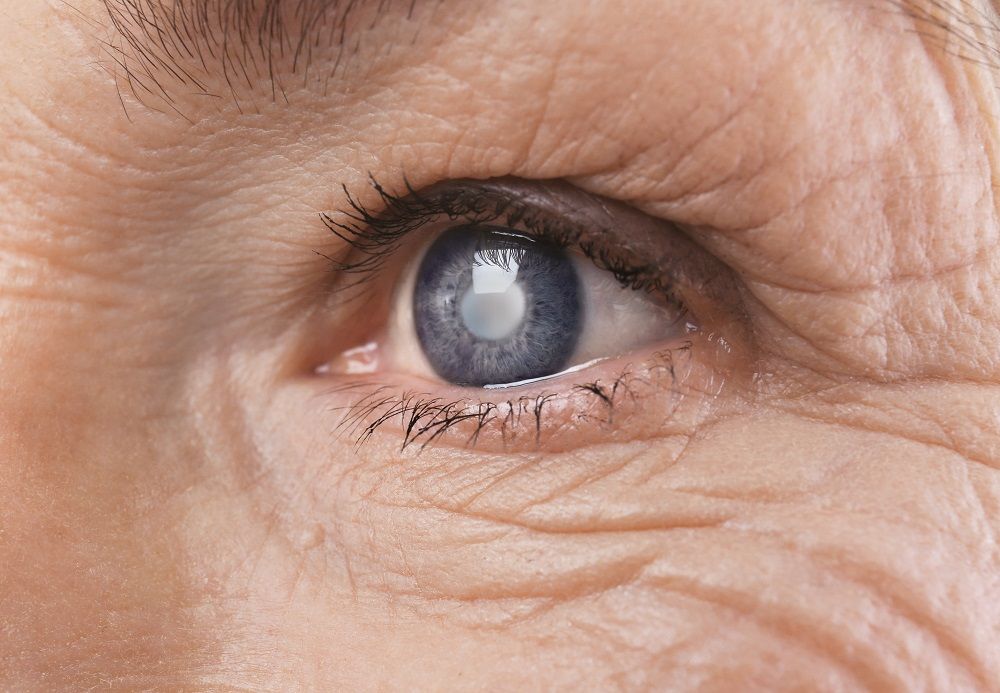On August 13, 2017, during the final day at RAADfest 2017.
Q&A session with an extraordinary group of gerontologists, futurists, speakers, scientists and advocates of Radical Life Extension (RLE):
Panelists from left to right: Aubrey De Grey, Bernadeane, Bill Andrews, Bill Faloon, Natasha Vita-More, Jim Strole, José Luis Cordeiro, Neal VanDeree and Liz Parrish.
David Kekich joined the panel via web conference media, and Joe Bardin served as moderator (seated at the very left of the panel)







